There is a lot to admire in the world of Arrakis, but even a massive production has a few slipups that stick out once you know where to look. These are the kinds of small continuity errors, prop swaps, and visual hiccups that happen on every set, even when everything else is firing on all cylinders.
The focus here is simple. Each entry points to a concrete on screen mistake or mismatch you can verify with a pause button. No hot takes. Just straightforward details that explain what happens in the shot and why it does not line up with the moments around it.
Stillsuit Tubes That Swap Sides
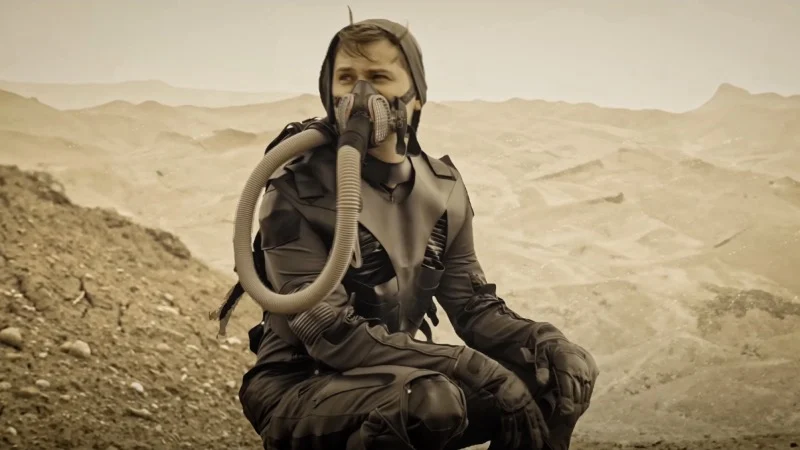 Warner Bros.
Warner Bros.In several close and medium shots across ‘Dune’ and ‘Dune: Part Two’, the breathing tube that runs from the nose plug to the suit appears on one side of the face, then cuts to the opposite side in the very next angle. This happens during walk and talk coverage where multiple camera setups were used, which makes the swap easy to miss at full speed but obvious in back to back edits.
The stillsuit chest connectors also jump positions between cuts in a few scenes. A clasp sits high in one shot then drops lower or sits at a different angle when the camera returns. The suit is modular and assembled quickly between takes, which explains how the pieces can end up reattached differently from one setup to the next.
Ornithopter Canopies That Crack Then Heal
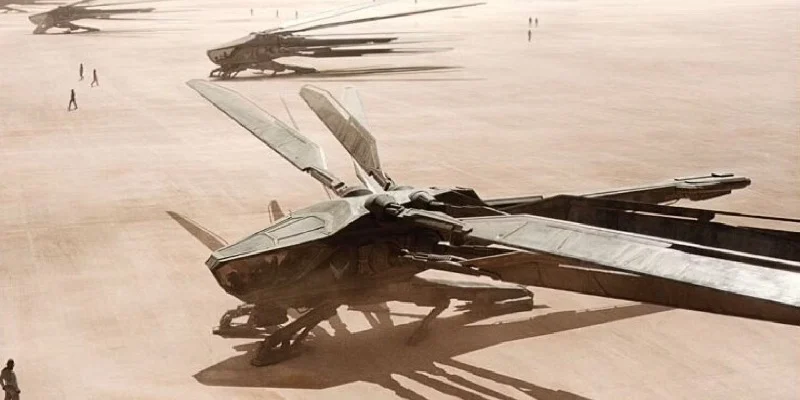 Warner Bros.
Warner Bros.During rough flight sequences in ‘Dune’ an ornithopter canopy gains visible fractures when it is buffeted by a storm. A later reverse angle from the same beat shows the same glass clean and unbroken as the dialogue continues. The cut implies continuous time so the uncracked panel breaks the continuity.
A similar thing occurs with dust streaks on the windshield. Heavy sand buildup covers the lower panes in one direction shot, then the next matching angle shows a clearer surface before the aircraft has time to shake anything loose. The quick change tells you those inserts were captured from different take blocks.
Blood And Dirt That Move Between Shots
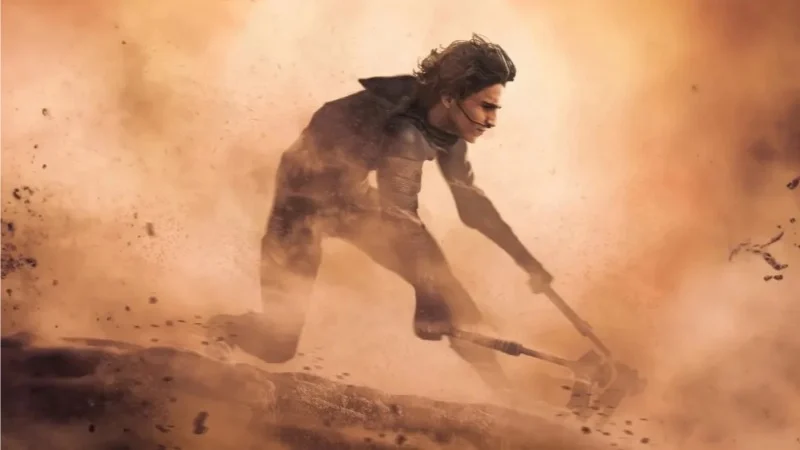 Warner Bros.
Warner Bros.In the duel with Jamis in ‘Dune’, patches of blood on the sand and on clothing change size and location as the fight progresses. A shoulder stain grows, shrinks, and jumps a few inches as the camera swaps sides, which shows that the makeup resets were not identical across takes.
The same thing happens with face dust on multiple characters. A diagonal smudge across the cheek appears in a wide shot, then the following close up shifts that streak to a straighter line. When the cut returns to the wide, the original smudge is back again, confirming the mismatch.
Fremen Eye Color That Flickers
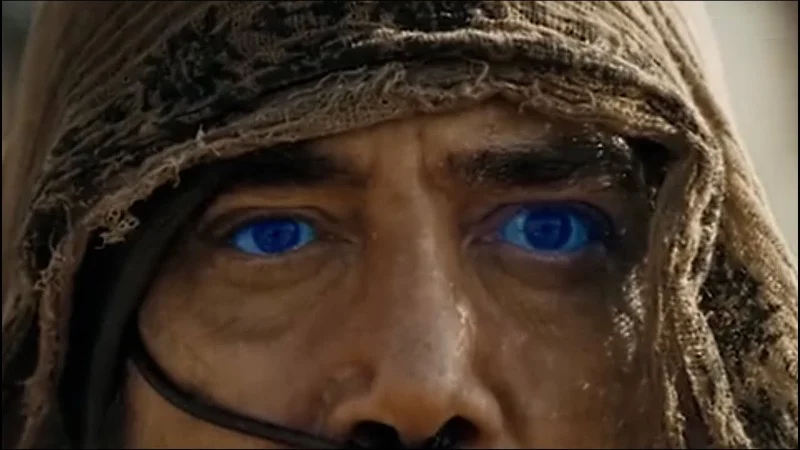 Warner Bros.
Warner Bros.The blue within blue look for spice exposure is achieved with effects and contact lenses in ‘Dune’ and ‘Dune: Part Two’. In a handful of background and quick cut inserts, some Fremen eyes temporarily appear normal before returning to full blue in the next angle. The change usually happens in short reaction shots where the color grade pass did not match the surrounding coverage.
Crowd scenes show the same issue around the edges of frame. Extras with partial visibility can have less intense blue compared with their close up moments. When the edit cuts across multiple cameras, slight differences in the effect level become noticeable.
Footprints That Appear Before The Step
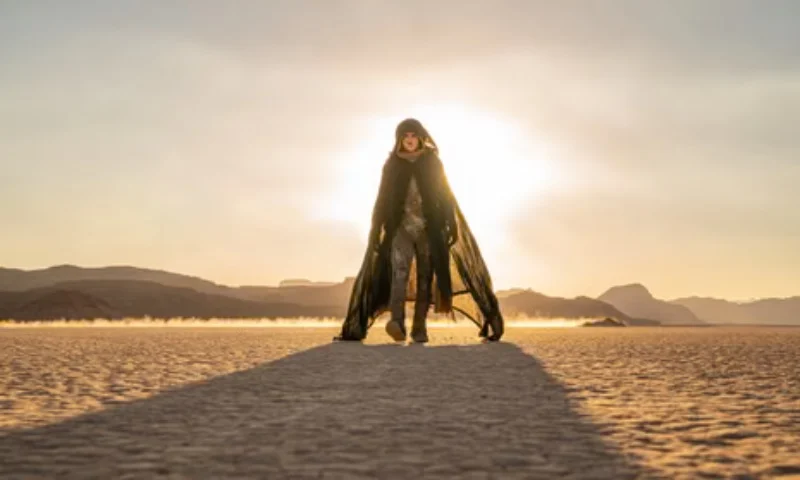 Warner Bros.
Warner Bros.Several Arrakis exterior shots show footprints already stamped into the top layer of sand before a character places a boot down. The next step lands directly in a preformed print, which reveals prior crew or blocking marks that were not fully smoothed over before rolling.
This is easiest to spot in long lens views where a group crosses a dune line. The lead walker makes a path and the person behind lands in visible tracks that predate the action in the take. Since the scene is meant to show undisturbed sand, those prints give the reset away.
Weapons That Change Hands Or Sheaths
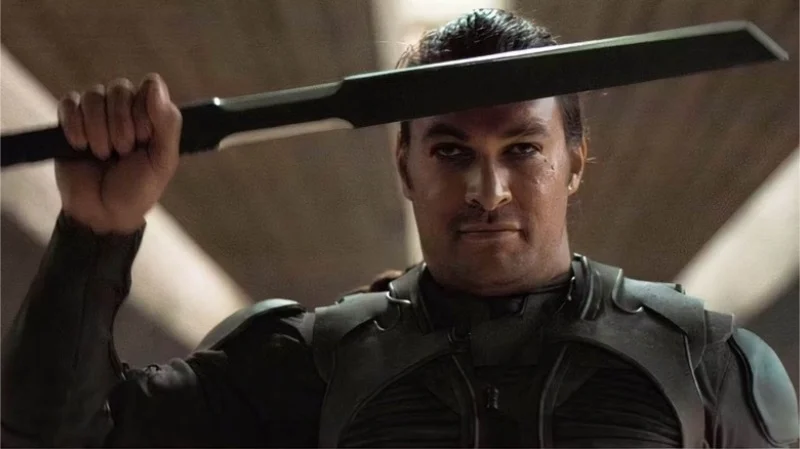 Warner Bros.
Warner Bros.Daggers and crysknives in ‘Dune’ switch orientation between cuts during tense standoffs. A reverse angle shows a hilt gripped overhand, then a matching shot flips it to an underhand hold without time to adjust. Because the shots are cut as a continuous beat, the sudden change reads as a continuity slip.
Sheaths also appear and vanish around belts during rapid coverage. A blade rests in a scabbard in the wide, then the close up shows the same belt with an empty loop. When the camera returns to the wide, the scabbard is back where it started. That on off pattern tells you different takes were spliced together.
Hair And Beard Length That Do Not Match
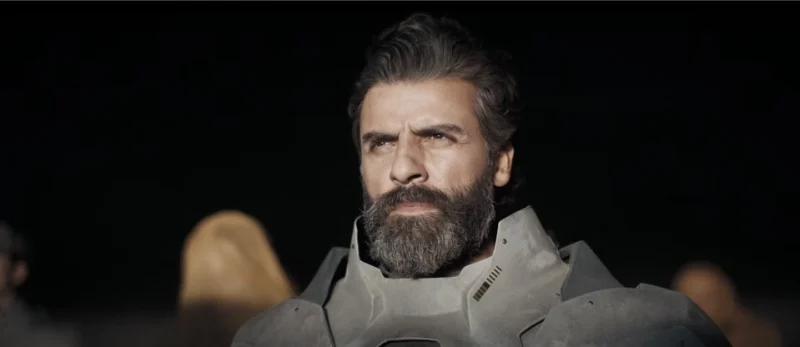 Warner Bros.
Warner Bros.Across adjacent scenes in ‘Dune’ you can spot small jumps in hair length and grooming on principal characters that were filmed weeks apart. A fringe sits above the brow in an interior, then sweeps longer and heavier in the exterior that is meant to follow immediately.
Facial hair shows the same mismatch on secondary characters. Stubble density changes between a line of dialogue and its reply in a way that cannot happen in story time. The cut hides most of it, but frame by frame the difference is clear.
Shield Sparks That Do Not Stay Consistent
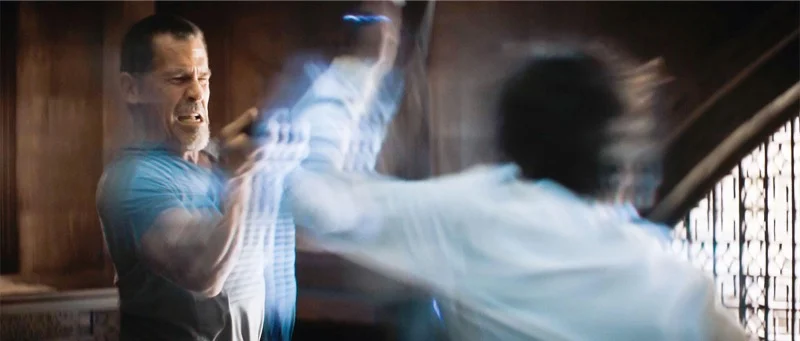 Warner Bros.
Warner Bros.Personal shields in ‘Dune’ create distinct blue and red light patterns on impact. In certain quick cuts, an identical strike produces a different color response when seen from the reverse angle. Because the hits are meant to be the same moment, those changed effects suggest that separate impact elements were composited without perfect match.
You can also see contact points jump on armor plates. A hit lands high on the chest in the wide, then the close up shows the impact flaring near the rib area. The edit moves so fast that it reads as seamless, but the spark position change marks the discontinuity.
Sand On Costumes That Resets Mid Scene
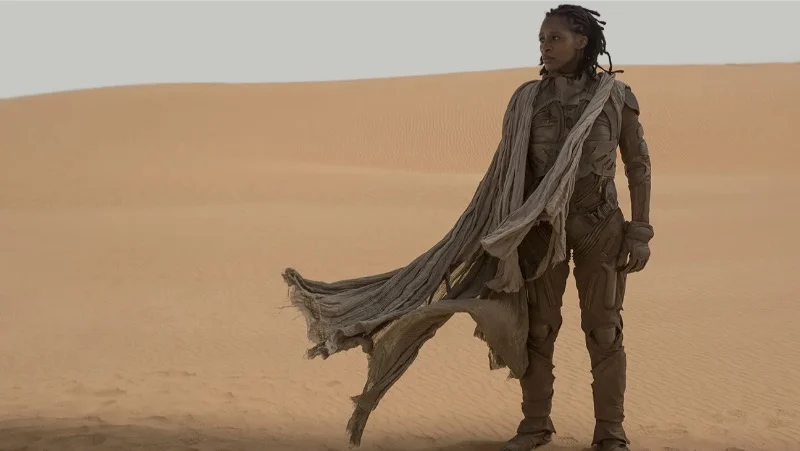 Warner Bros.
Warner Bros.Wind heavy scenes in ‘Dune’ and ‘Dune: Part Two’ layer fabric and armor with sand. A cutaway to a reaction shot returns to a primary character whose shoulders are suddenly cleaner, then the following angle brings back the heavier coating. The amount of grit on the same garment cycles between shots without time in the story for a brush off.
Helmets and goggles carry the same tell. A thick dust rim around a lens vanishes for a line, then reappears in the next insert. Since the scene is continuous, that reset exposes the mismatch between takes.
Background Extras Who Jump Positions
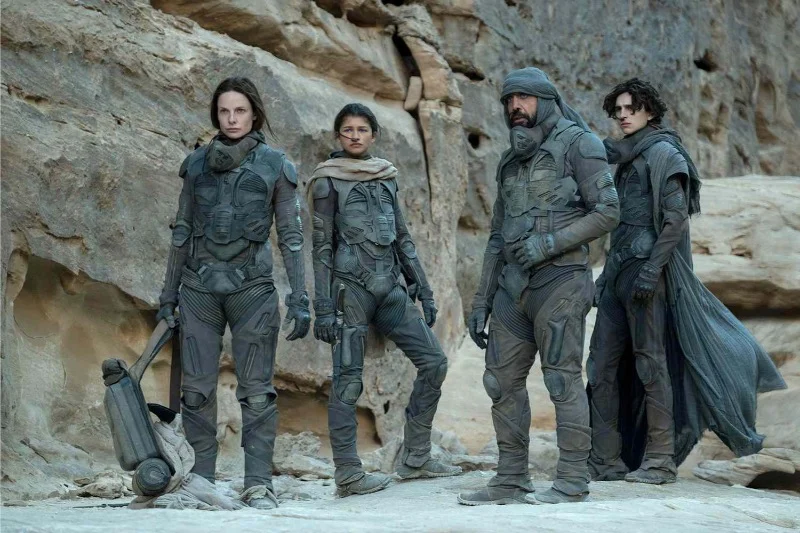 Warner Bros.
Warner Bros.Crowd staging in large sequences means extras must hit marked spots. In a few wide to medium transitions in ‘Dune’, an extra who stood to the left of a corridor entrance is suddenly two steps inside the doorway when the camera cuts back, even though the principals have not moved far enough to justify the shift.
In gathering scenes the same person can be seen facing one direction, then turned the other way when the next shot arrives. Because the edit treats the moment as one beat, those background resets become visible once you know to scan the edges of the frame.
Share the ones you have spotted in ‘Dune’ and ‘Dune: Part Two’ in the comments so everyone can compare notes.

.jpeg)

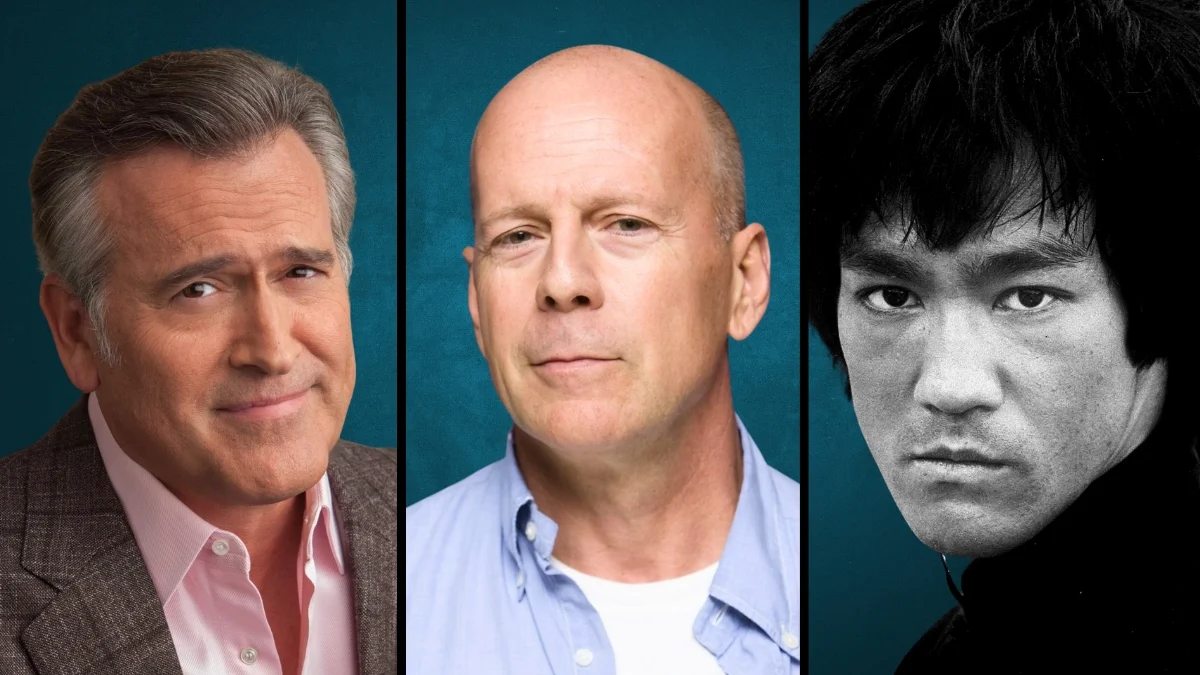



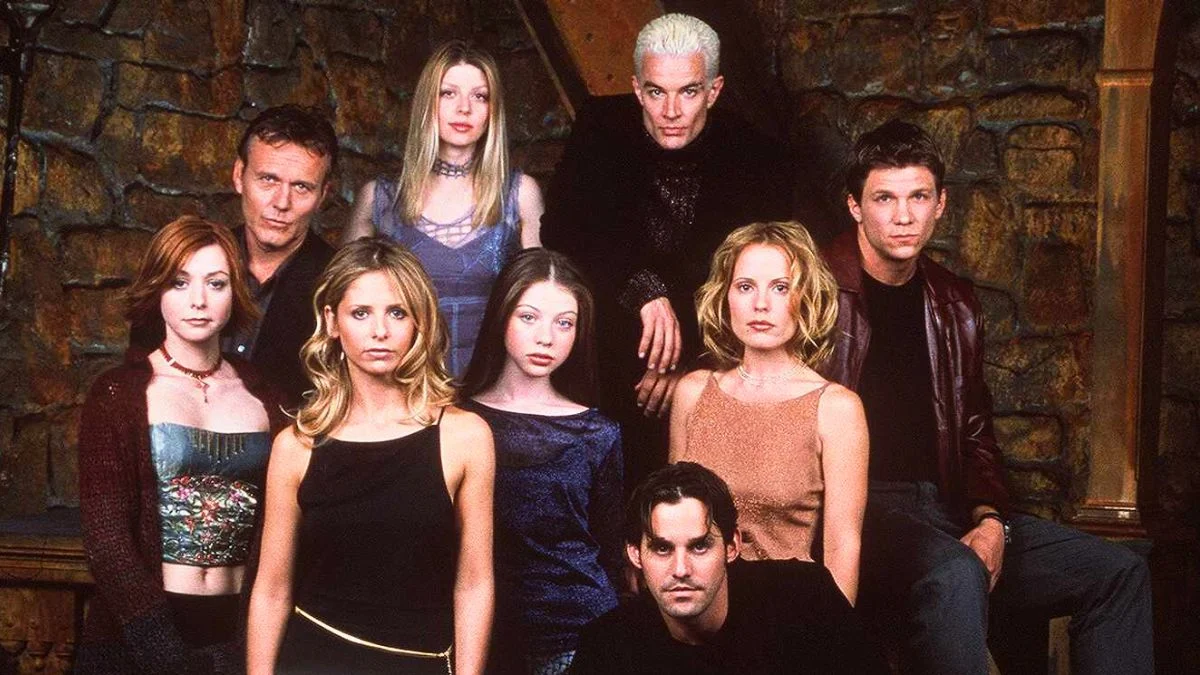
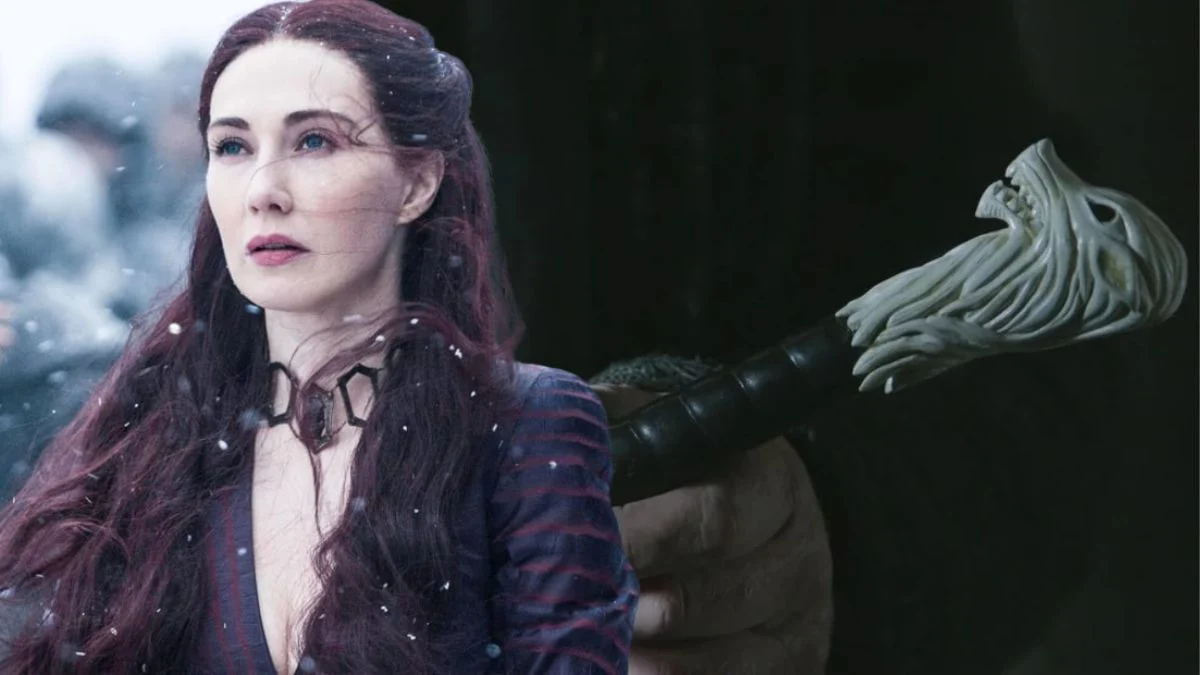


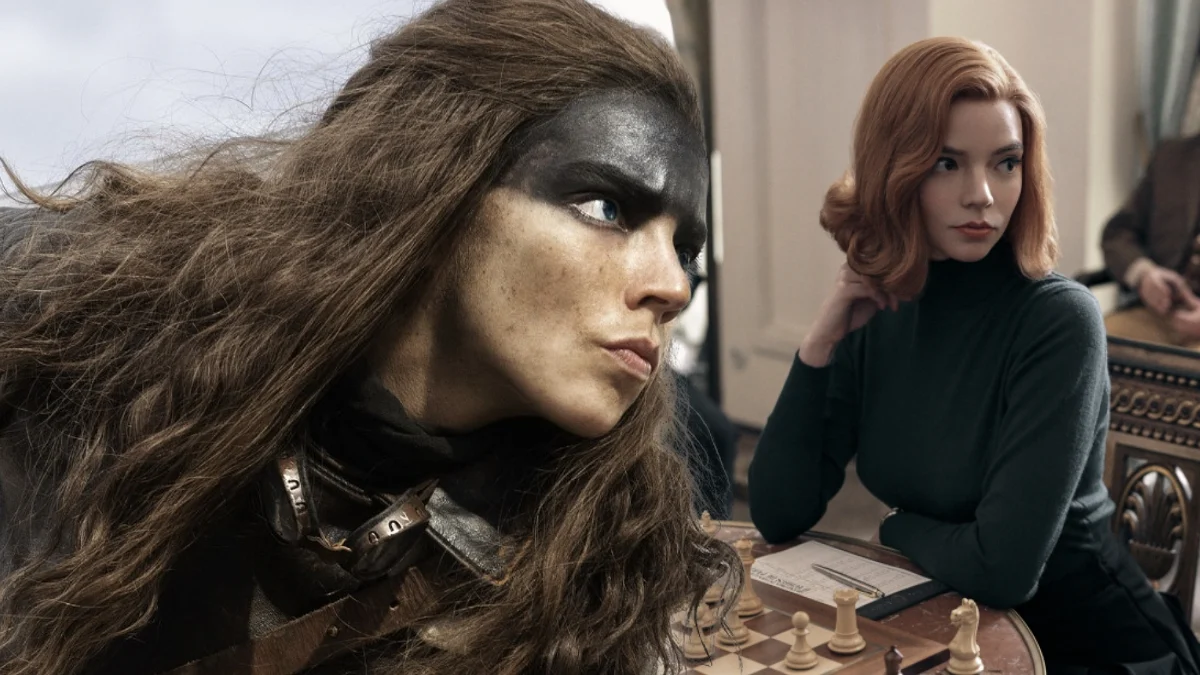
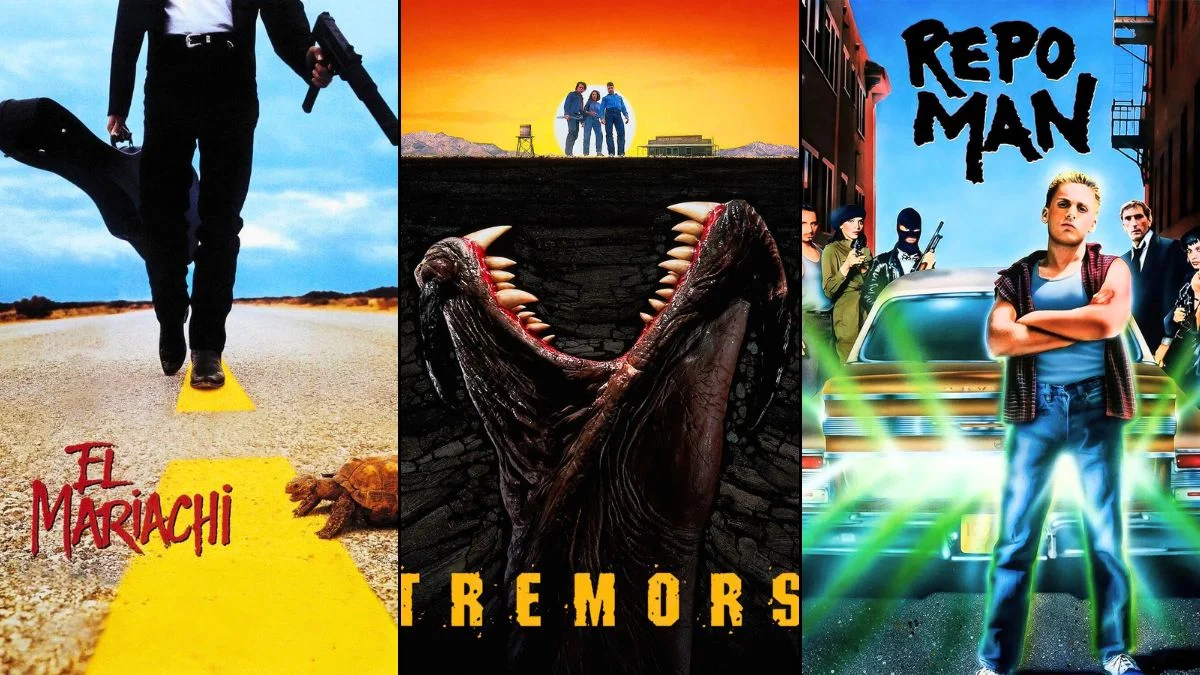
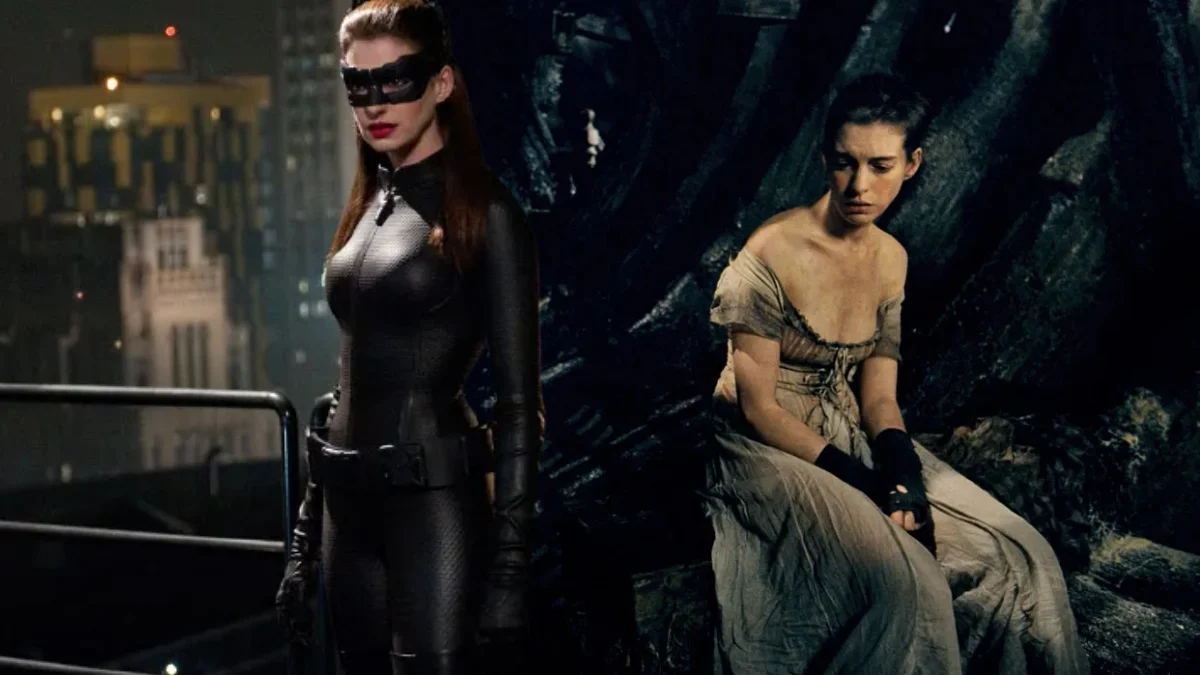
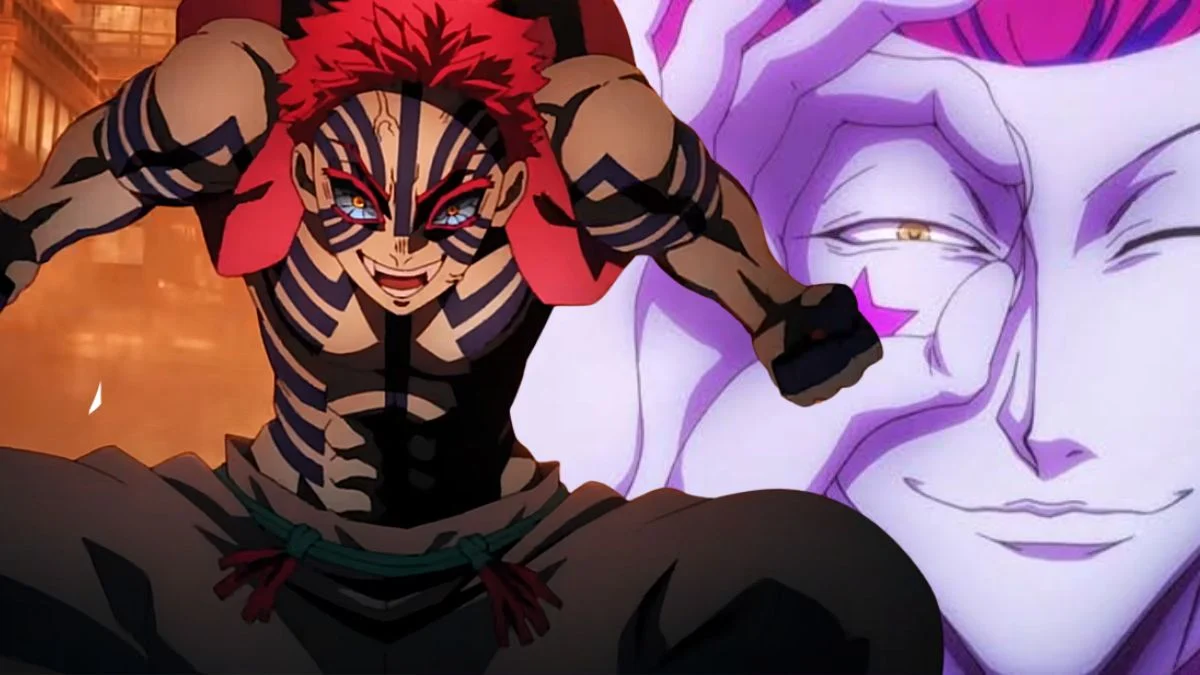
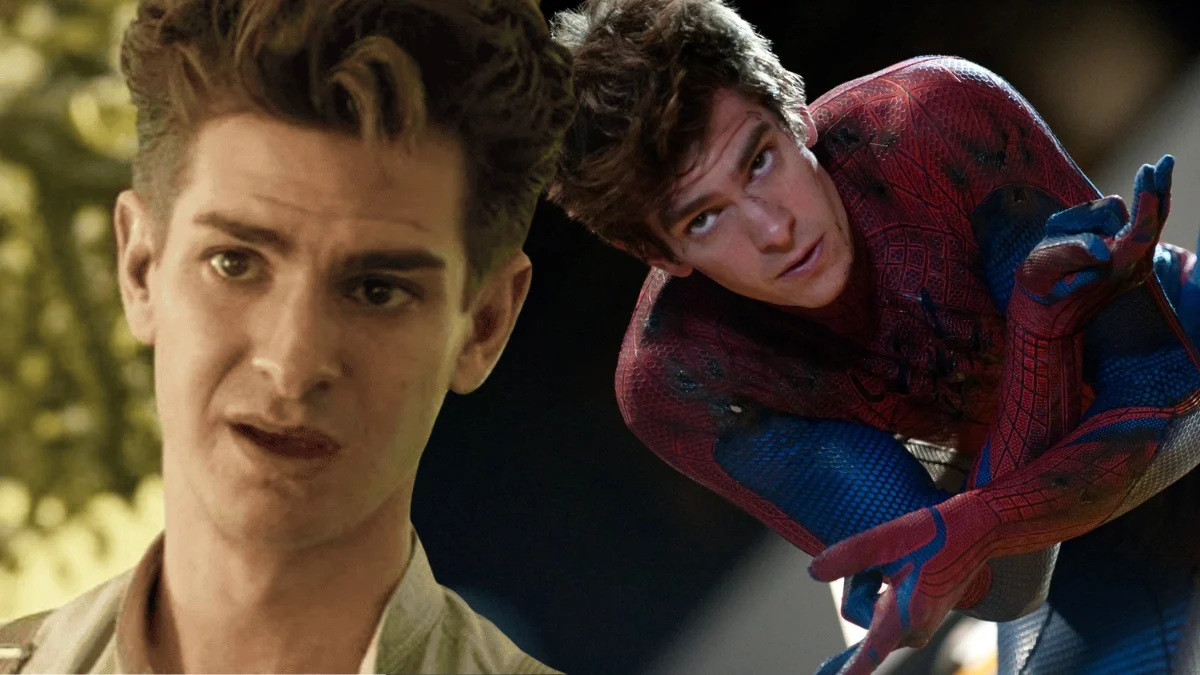
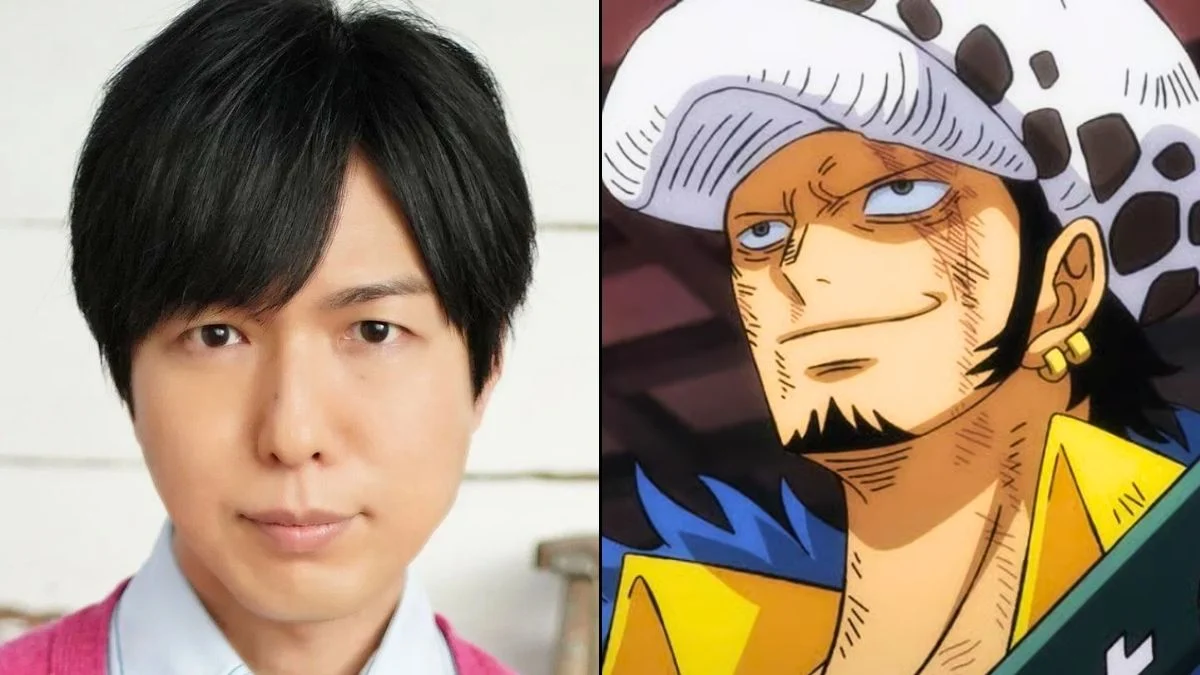
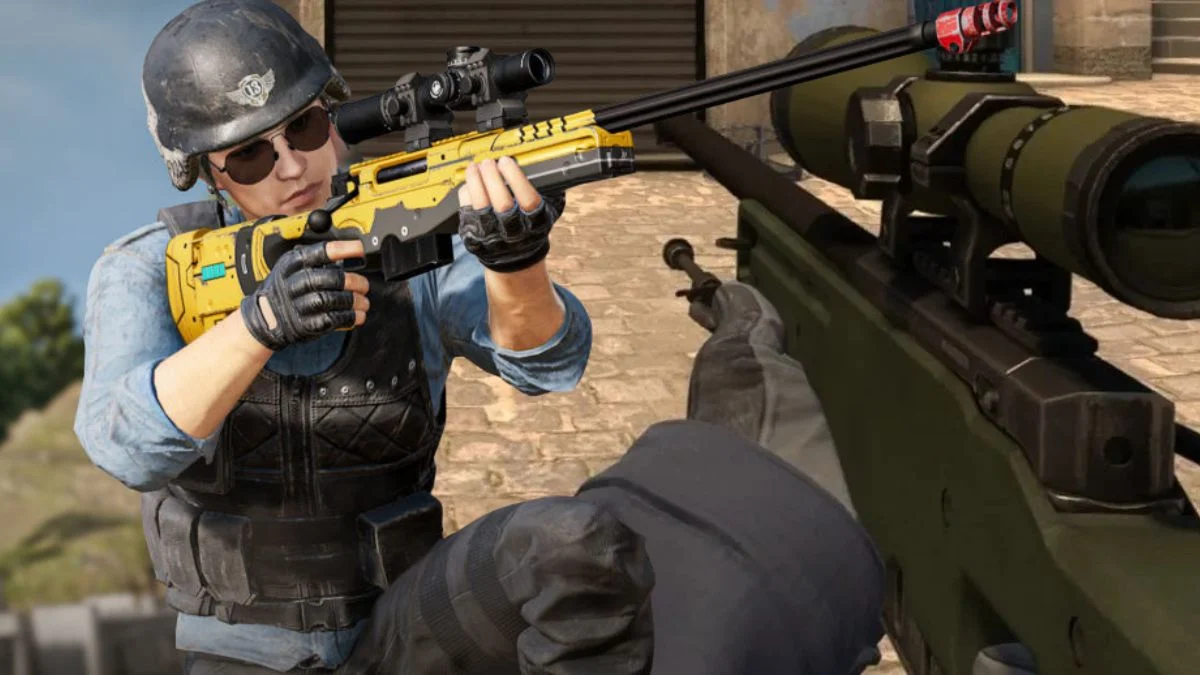
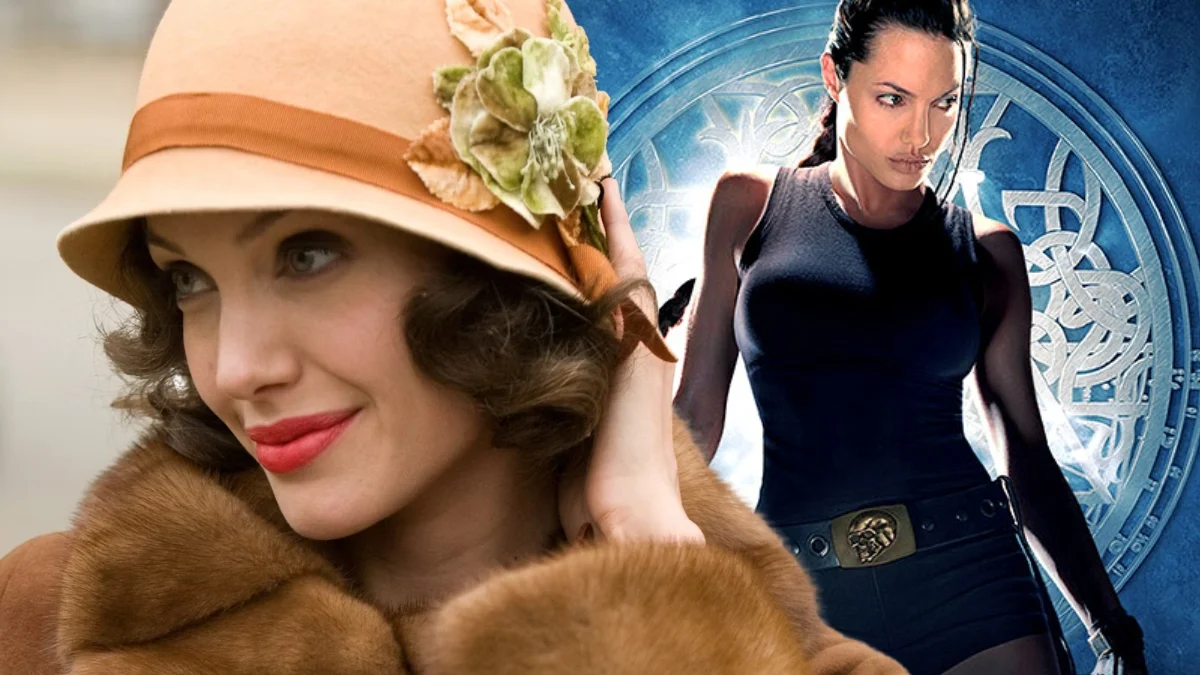





.jpeg)













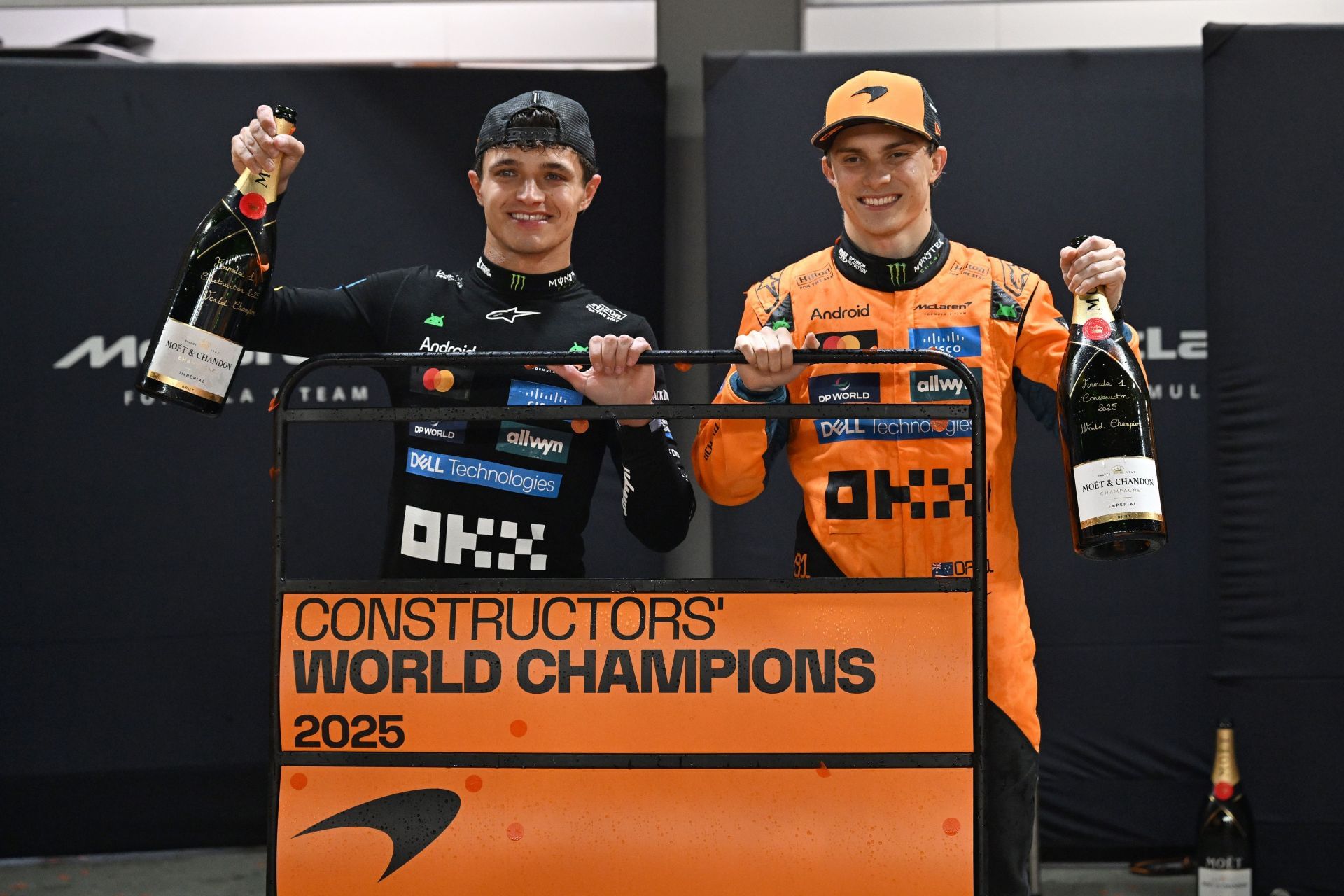
 English (US) ·
English (US) ·